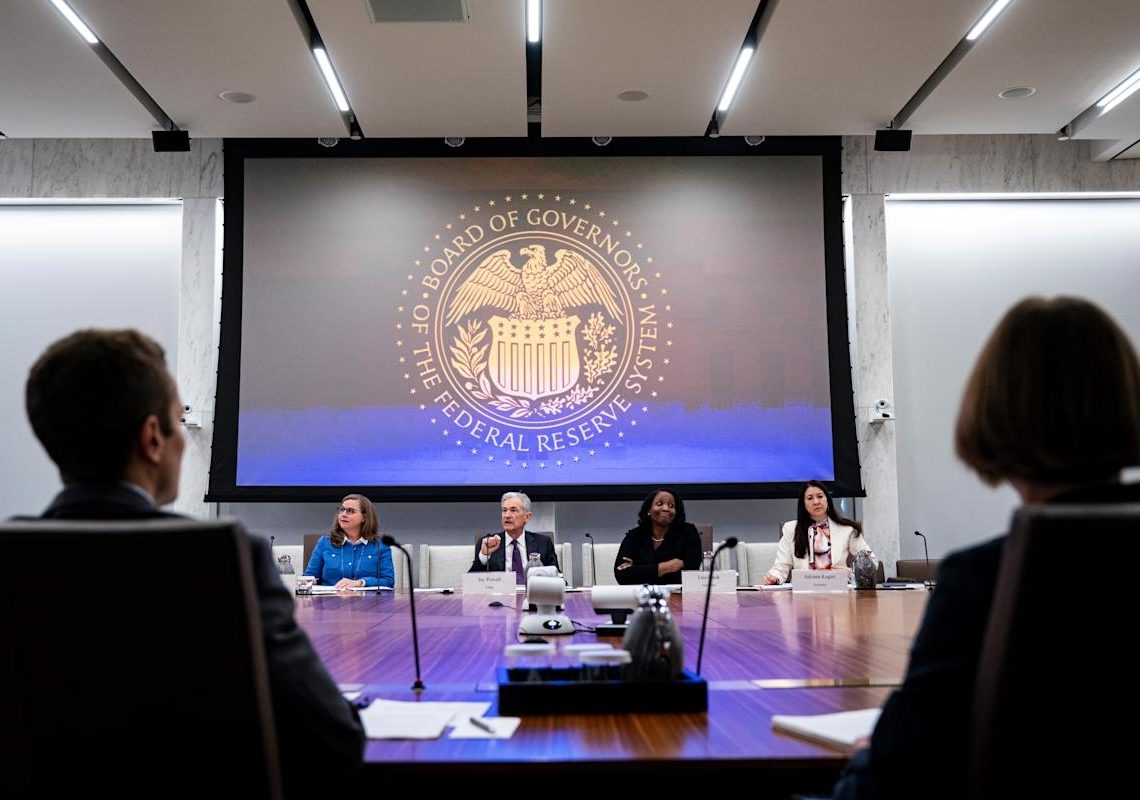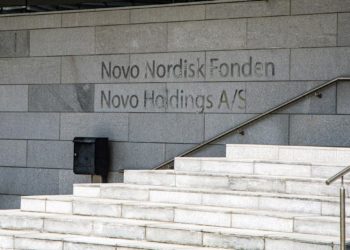(Bloomberg) — The Trump administration is reviewing options for exerting more influence over the Federal Reserve’s 12 regional banks that would potentially extend its reach beyond personnel appointments in Washington, according to people familiar with the matter.
President Donald Trump’s move on Monday to oust Fed Governor Lisa Cook, if it holds up in court, would give him an opportunity to a secure a majority on the seven-person Board of Governors. But the central bank’s Federal Open Market Committee, which is responsible for setting interest rates, also includes five regional bank presidents who — unlike the governors — aren’t nominated by the White House or confirmed by the Senate.
Most Read from Bloomberg
Scrutiny from the administration of the process for selecting and reappointing reserve bank presidents — responsibility for which is shared between the private-sector boards of those banks and the Board of Governors — would mark another extraordinary step in Trump’s ongoing campaign to influence monetary policy, which has traditionally been provided some insulation from political pressure.
The Board of Governors is next scheduled to authorize the current roster of reserve bank presidents in a once-in-five-year exercise in February. That event now looms large in the wake of Trump’s declaration of Cook’s removal from her post, which followed allegations by the administration that she had engaged in mortgage fraud. Cook aims to contest the move, her lawyer said Tuesday.
Several of the Fed’s regional presidents began to grow concerned earlier this summer about what Trump’s plans for the central bank could mean for their jobs, according to people familiar with the matter. The president’s announcement late Monday exacerbated those concerns, with presidents making a round of calls to each other about what Cook’s firing could mean for them, according to one person familiar with the matter.
A Fed spokesperson declined to comment. The White House did not immediately respond to a request for comment.
‘Stone’ Turning
“This White House is turning over every stone to see where the levers are to change the Fed,” said Derek Tang, an economist at LHMeyer/Monetary Policy Analytics.
One of those levers could be the vote to reauthorize regional bank presidents. Once the administration secures a majority on the Board of Governors, it could indirectly pressure Fed officials perceived as more hawkish by using their reappointment vote as a new tool at its disposal, according to Tang.
“In the past, we just sort of took for granted that it happened,” he said of the reauthorization votes.
A person familiar with the matter said the administration’s goal isn’t to make the central bank more dovish, but to scrutinize how regional presidents are vetted and chosen since they are not Senate-confirmed.
The five presidents who serve on the rate-setting FOMC are made up of the New York Fed chief and four of the remaining 11 bank heads, who serve on an annually rotating basis.
Former Fed Vice Chair Lael Brainard warned that any political push to revamp the FOMC by ousting multiple reserve bank presidents would run the risk of stoking inflation and longer-term interest rates.
‘Unprecedented Attack’
Attempting to “shift the overall voting majority on the FOMC — that is an unprecedented attack on the independence of the Federal Reserve,” Brainard, who was nominated to the Fed board by President Barack Obama, said on Bloomberg Television Tuesday.
Since returning to the White House, Trump has subjected the Fed to relentless demands for lower interest rates. The central bank, under the leadership of Jerome Powell, has so far this year brushed those demands aside, holding its benchmark rate steady amid concerns the president’s tariffs will boost inflation.
Powell’s term as chair is up in May, and Treasury Secretary Scott Bessent is conducting interviews for his replacement. Candidates who aren’t ultimately chosen for the job may be considered for regional Fed bank president roles instead, according to the person familiar with the administration’s efforts.
How White House-approved candidates would ultimately secure such positions is unclear. The boards of regional Fed banks in charge of selecting presidents are comprised of three classes of directors, two of which are involved in the process.
Among those two sets of directors, three so-called Class B directors are elected by member banks in the Fed bank’s district, while three “Class C” directors are appointed by the Fed’s Board of Governors in Washington.
While some regional Fed banks have sought in recent years to deflect criticism over the selection of their presidents by opening the process up to the public — via town-hall events — searches historically have largely been conducted behind closed doors.
Fed governors earn $225,700 a year as Level II government executives, according to the Office of Personnel Management. Regional bank presidents can make as much as $551,000, according to the central bank’s 2023 annual report.
Members of Trump’s economic team and external advisers have argued that the Fed failed in its oversight of the US economy ahead of the 2008 financial crisis, but the aftermath only left it with more authority. They also blame it for responding too late to the 2021-22 surge in inflation, and for the 2023 failures of Silicon Valley Bank and other financial institutions a year later.
—With assistance from Maria Eloisa Capurro, Catarina Saraiva, Nancy Cook, Amara Omeokwe and Catherine Lucey.
(Updates with economist comment in seventh paragraph, Fed salaries in penultimate paragraph.)
Most Read from Bloomberg Businessweek
©2025 Bloomberg L.P.
The post Trump Team Weighing Options to Extend Influence to Fed Banks appeared first on Bloomberg.




